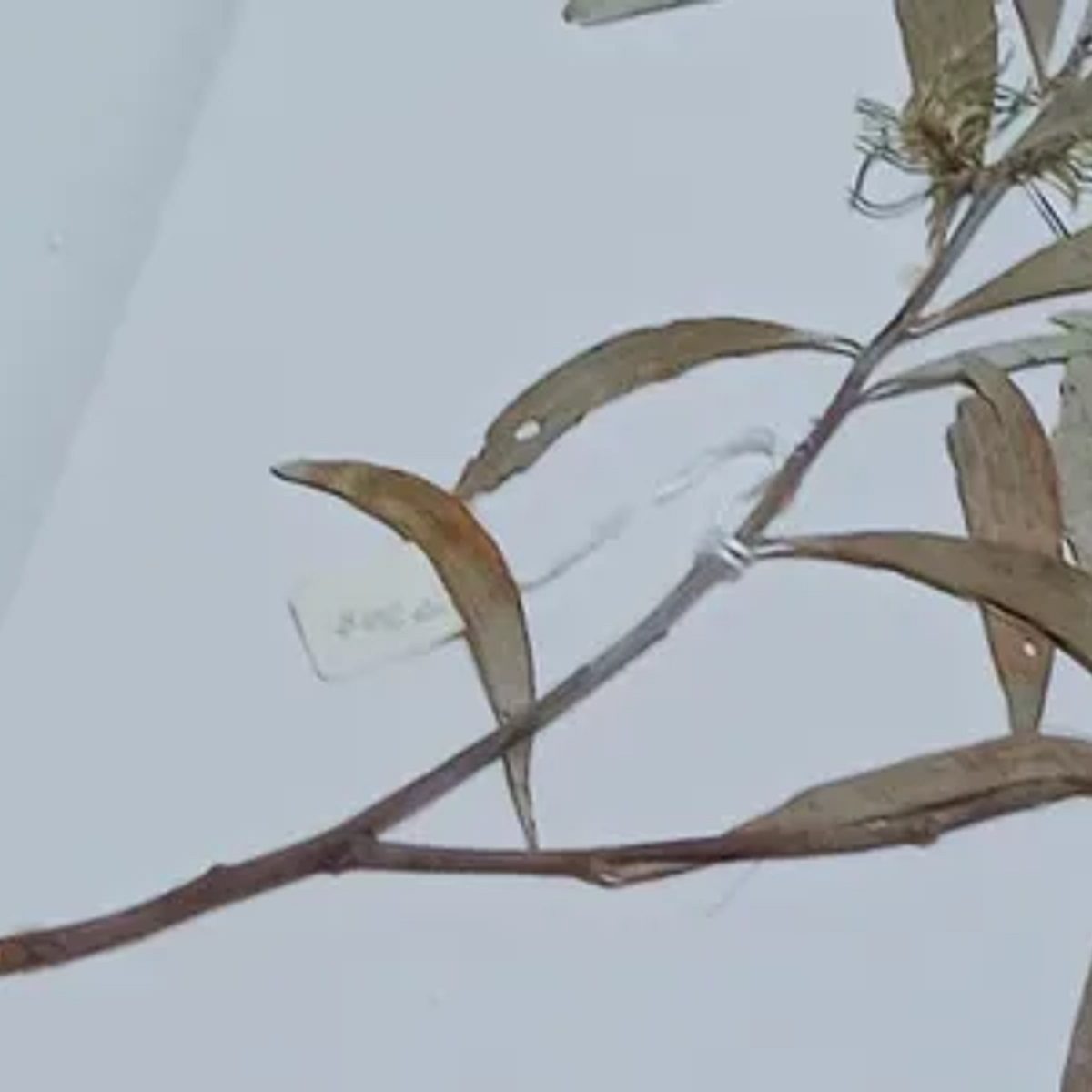

In the latest instalment of the Botanic Youth Series for SA Youth Week 2023, Lilli meets with a young intern at the State Herbarium, who is exploring how its hidden treasures are still a source of important botanical information today.
Many of you readers may walk through Adelaide Botanic Garden and, without realising it, walk past one of its greatest hidden treasures - the State Herbarium of South Australia.

The State Herbarium of SA
How often do you think about the process of collecting plants that are then used for research? Who is it that studies the origins of a plant species? What about the impact a plant genus may have on the future?
Thankfully, I was taken on an exclusive tour led by one of the State Herbarium's knowledgeable young interns, Emily, where all this work takes place.
Emily has been an intern with the State Herbarium for four months as an optional part of her studies at Adelaide University where she's studying marine and wildlife conservation biology.

Emily with a herbarium plant specimen to research.
Upon entering the herbarium, there was an immediate radiance emitting from the walls, which are plastered with late 19th century books and journals, delicate artefacts of pressed foliage and rows of boxes containing some of nature's best kept secrets.
Emily's role is to study and research plants specimens of the past in order to forecast the future of the state's flora. She enthusiastically detailed the process of documenting and researching endangered, and at times, historical plant specimens.
With much determination and strive, Emily is currently researching various plants that can be used to help teach members of the public about the taxonomy of plants, providing insight into how plant families are grouped and classified.
Emily explained to me that it's important to choose plants carefully: certain species have the potential to cause damage.
For example, the Tasmanian blue gums on Kangaroo Island naturally propagated very successfully as a result of the bushfires of 2019. Though it may appear to be wonderful news in the midst of disaster, the Tasmanian blue gums were found to be an invasive species, becoming detrimental to surrounding flora and a nuisance for residents.
Emily thus reaffirmed that, "just because it's native to Australia, it doesn't mean it's good for your state's backyard". Therefore, Emily encourages fellow green thumbs to focus on what plants to grow that will benefit the environment, to avoid the possibility of germinating invasive species.

By volunteering in the State Herbarium, Emily expressed how she has found great value in the connections formed with fellow staff members, where "everyone is so lovely and knowledgeable". Emily continued to express her future aspirations, where the "dream would be to get a job with the Herbarium".
Emily continued to share her own expertise and knowledge on plants matters, which only solidified the importance of hearing and responding to the viewpoints of young people. With varied opinions and multiple solutions to deliver research outcomes, I found my discussion with Emily refreshing and extremely thought-provoking.
Emily certainly displayed a sense of limitless hunger to learn and seek out the small environmental issues, which are reflective of a bigger botanical future. As a long-term goal, Emily wishes to capture and share the ecological diversity of Australia to find "what needs to be conserved or what's endangered".
With her final year of studies at Adelaide Uni underway, I wish Emily great success, knowing that our environmental future is in the gentlest and most dedicated of hands.

All photos and written content has been provided to the Botanic Gardens and State Herbarium by Lilli Vitagliano as part of the Botanic Youth Series to celebrate young people's contributions to the gardens for SA Youth Week 2023.